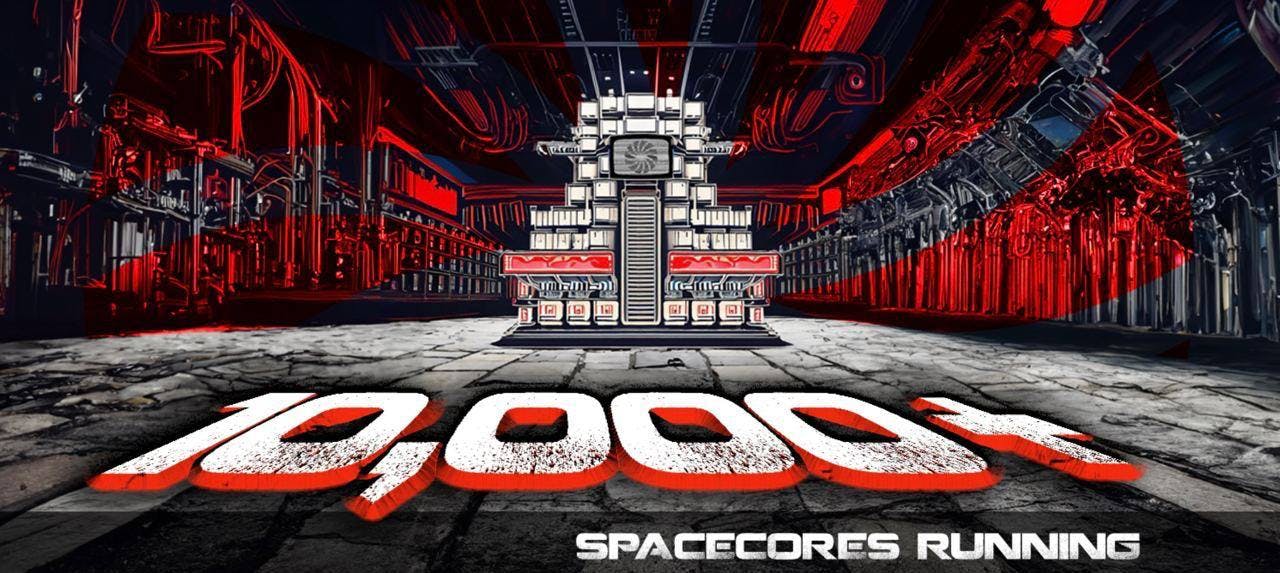
Our Investment In Vistara
Hardware Availability Layer for the sovereign rollups future
In the upcoming years, digital resources such as storage and compute power is set to become even more crucial as digital transformation becomes further integrated into our daily lives. The cloud computing industry, which was valued at $484 billion in 2022, is projected to reach $2000 billion by 2030. This forecast emphasize the rapidly growing demand for these primary digital resources.

Digital resource decentralized providers offer cost-effective solutions with significant price advantages across various services. Technologies such as artificial intelligence (AI), virtual/augmented reality, and metaverse are driving a meteoric rise in the consumption of digital resources, indicating a rapid evolution in technology.
Vistara is leading the development of the Hardware Availability Layer (HAL), which ensures that hardware resources are not wasted/idle and can contribute processing power to networks. At the initial effort, Vistara simplifies the creation of Celestia and Avail light nodes through a simple command, making it possible for non-coders to deploy nodes as well. Light nodes have the ability to verify data availability without downloading all the data for a block. This guarantees the safety and liveness of the network. The more light nodes there are, the greater the security.
Vistara's approach has already resulted in over 16,000 operators installing Vimana nodes (a comprehensive tool designed to simplify the creation and management of different types of nodes, including the DA layer’s light node, full node, and bridge node). By removing barriers to operating light nodes, more users are encouraged to support the growth of Celestia and Avail, as well as assist Vistara in bootstrapping at the beginning to maximize decentralized compute resources.
In addition, to support the vision of modular chains with core principles focusing on specialized functions rather than attempting to do everything, Vistara has introduced the concept of spacecore. Spacecore is a modular hardware-as-code component in Vistara that enables dynamic and adaptable resource allocation for decentralized networks.
One example of a spacecore in Vistara is the effortless rollup framework. This framework allows for the deployment of fully sovereign roll-ups, where each component - execution, sequencing, data availability, proving - can be independently selected from menus. Developers can easily connect repository links to deployment contracts.
In sovereign rollups, transactions are verified by dedicated verification nodes. When combined with Vistara's Hardware Availability Layer, developers have access to a comprehensive infrastructure for building and managing rollups. Vimana nodes serve as modular units, running microservices like provers and sequencers. This is just one example of how developers can build with spacecore. They can also build a spacecore to simulate blockchain environments for testing, debugging, and processing.
On the other hand, one would expect the demand side to face challenges in acquiring new customers. Decentralized hardware resources must eliminate the steep learning curve to attract customer acquisition. By integrating Celestia, Avail, and Near to support their DA layer, Vistara has an opportunity to capture a portion of the user base from these networks as well as the builder mindshares.

At Vamient, we are proud to contribute to the ecosystem through the investment as well as our Veda node operation (a special type of Vimana node that serve role in achieving consensus). We are pleased to support Vistara's pioneering vision from the earliest stages.


